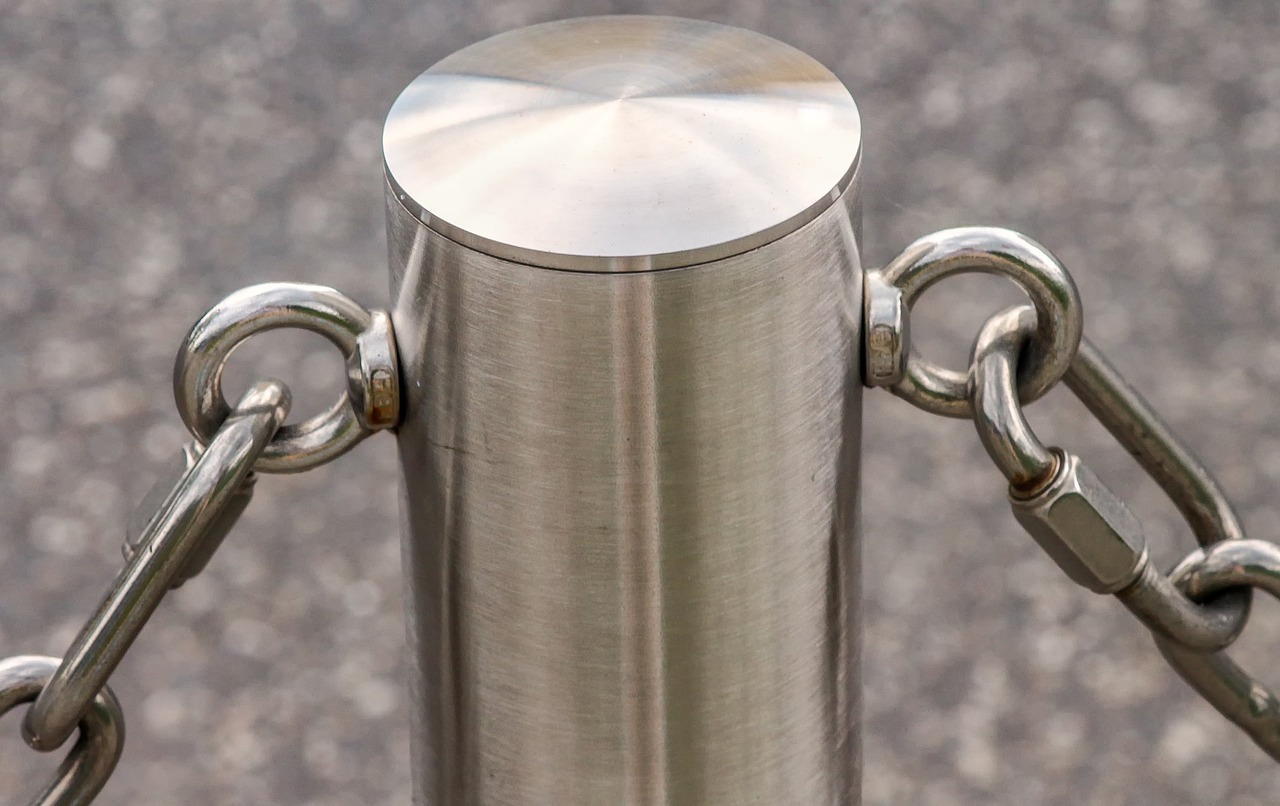-
About
-
Our Brand
-
Products
-
Community
Community
Blog
Blog
Comparison with stainless steel types
- Writer
- STEELTOPIA
- Date
- 23-09-04

Stainless steel is actually a common term that refers to various types of steel. Like all other types of steel, stainless steel is primarily made through a two-stage process using iron and carbon. What distinguishes stainless steel is the addition of other alloying elements such as chromium (Cr) and nickel (Ni) to create corrosion-resistant products.
Iron, the metal used to make steel, naturally occurs in combination with other elements, making steel susceptible to corrosion. When iron ore is artificially refined to create pure steel, it becomes unstable and readily combines with oxygen. Adding chromium to steel forms a protective surface layer of chromium oxide, preventing corrosion from air and moisture, similar to regular steel. Chromium is added in varying amounts, typically ranging from 10.5% to 30%, depending on the intended use and environment.
Stainless steel includes over 100 different grades, but they can be grouped into four main types:
Austenitic: Austenitic stainless steel is the most widely used type, offering excellent mechanical properties over a wide temperature range, along with superior corrosion resistance and heat resistance. Representative alloys include SUS304, 316, 305 and 321, commonly used in household items, industrial piping, ships, and architectural facades.
Ferritic: Ferritic stainless steel shares similarities with mild steel but offers superior corrosion resistance, heat resistance, and resistance to cracking. Representative alloys include KS standard SUS405, 430, and 434, often used in appliances like washing machines, boilers, and indoor construction.
Martensitic: Martensitic stainless steel is very strong and hard but less corrosion-resistant than austenitic or ferritic grades. Typical alloys include SUS410, 420, 431, and 440, used in products that require strength, such as cylinders, pistons, and cutting tools.
Precipitation Hardening: Martensitic or austenitic steels can also be categorized as precipitation-hardening stainless steel. These steels are strengthened significantly by adding elements like aluminum, copper, and niobium. Representative alloys include SUS630 and 631.
Types of materials | KS | ASTM | DIN | JIS | Key Features |
Austenitic | STS303 | TP303 | 1.4305 | SUS303 | non-magnetic and has better machinability than SUS304 |
Austenitic | STS304 | TP304 | X5CrNi-1809 (1.4301) | SUS304 | most versatile material, offering excellent mechanical properties and corrosion resistance among general corrosion-resistant and heat-resistant materials |
Austenitic | STS316 | TP316 | X5CrNi-Mo-1810 (1.4401) | SUS316 | has superior resistance to seawater and various media compared to the 304 series |
Martensitic | STS440C | TP440C | X105CrMo17 (1.4125) | SUS440C | heat-treatable, while its corrosion resistance is lower than that of the austenitic series, it is the stainless steel with the highest hardness |
Martensitic | STS410 | TP410 | 1.4006 | SUS410 | has excellent machinability, can be hardened through heat treatment, but its corrosion resistance is lower than that of the austenitic series |
Corrosion resistance is one of the primary advantages of stainless steel, but it is not the sole benefit. Stainless steel also possesses the following characteristics:
- Strong durability
- High-temperature and low-temperature resistance
- Ease of fabrication
- Easy to clean and maintain
- Aesthetic appeal
- Environmentally friendly
- Recyclable
Stainless steel is made with alloys such as chromium, in addition to silicon, nickel, carbon, nitrogen, and manganese. For example, nitrogen enhances properties like ductility. Nickel is added to improve the flexibility of austenitic steel. These alloys are added in various quantities and combinations to meet specific end-use purposes, making it crucial for stainless steel manufacturers to ensure the correct proportions of each alloy are used. Two techniques, X-ray Fluorescence (XRF) and Optical Emission Spectroscopy (OES), provide elemental analysis necessary for producing high-quality stainless steel.
The information provided on this webpage is intended solely for informational purposes. Steeltopia does not make any explicit or implied representations or warranties regarding the accuracy, comprehensiveness, or validity of this information.


 HOME
HOME